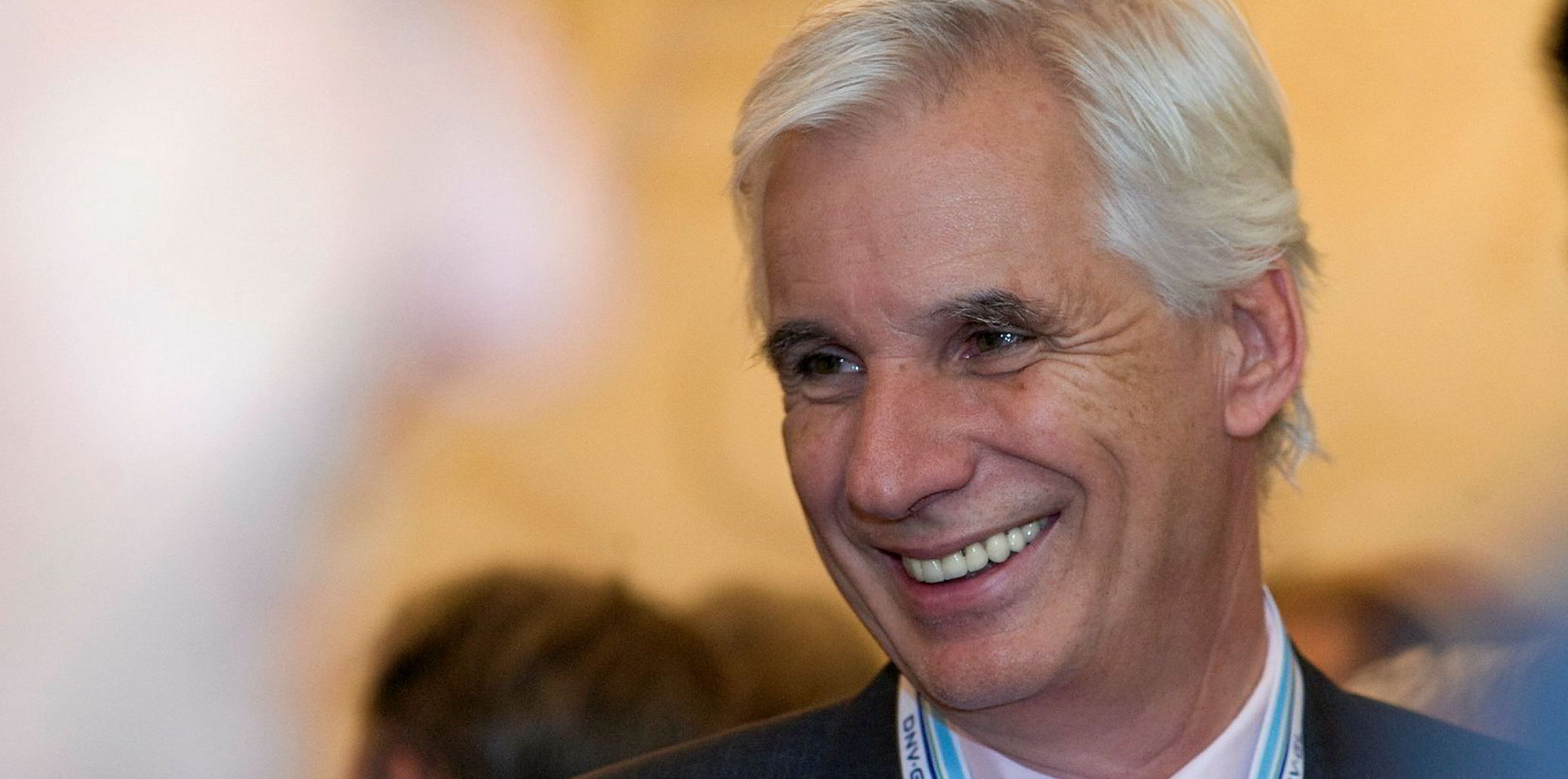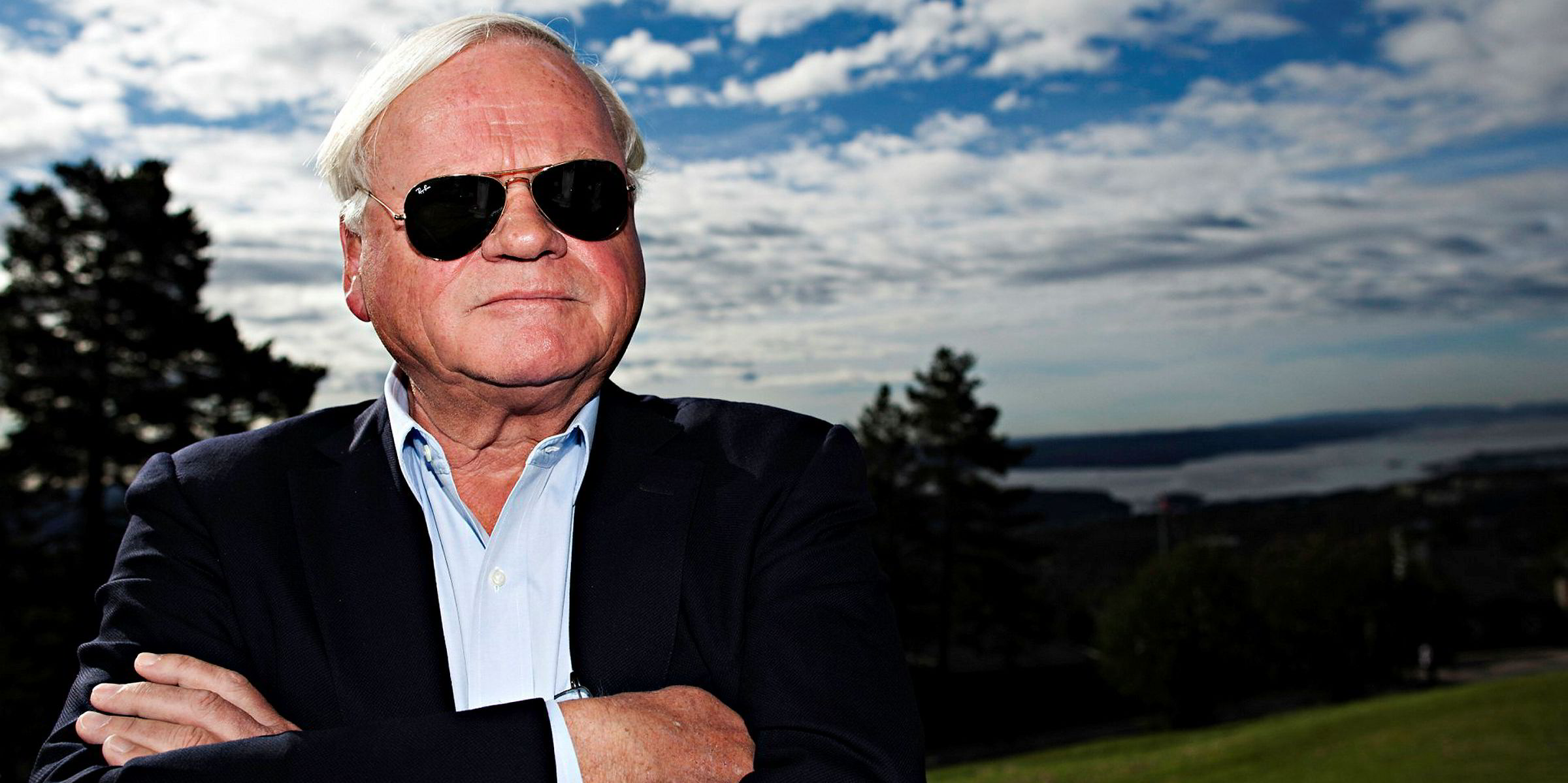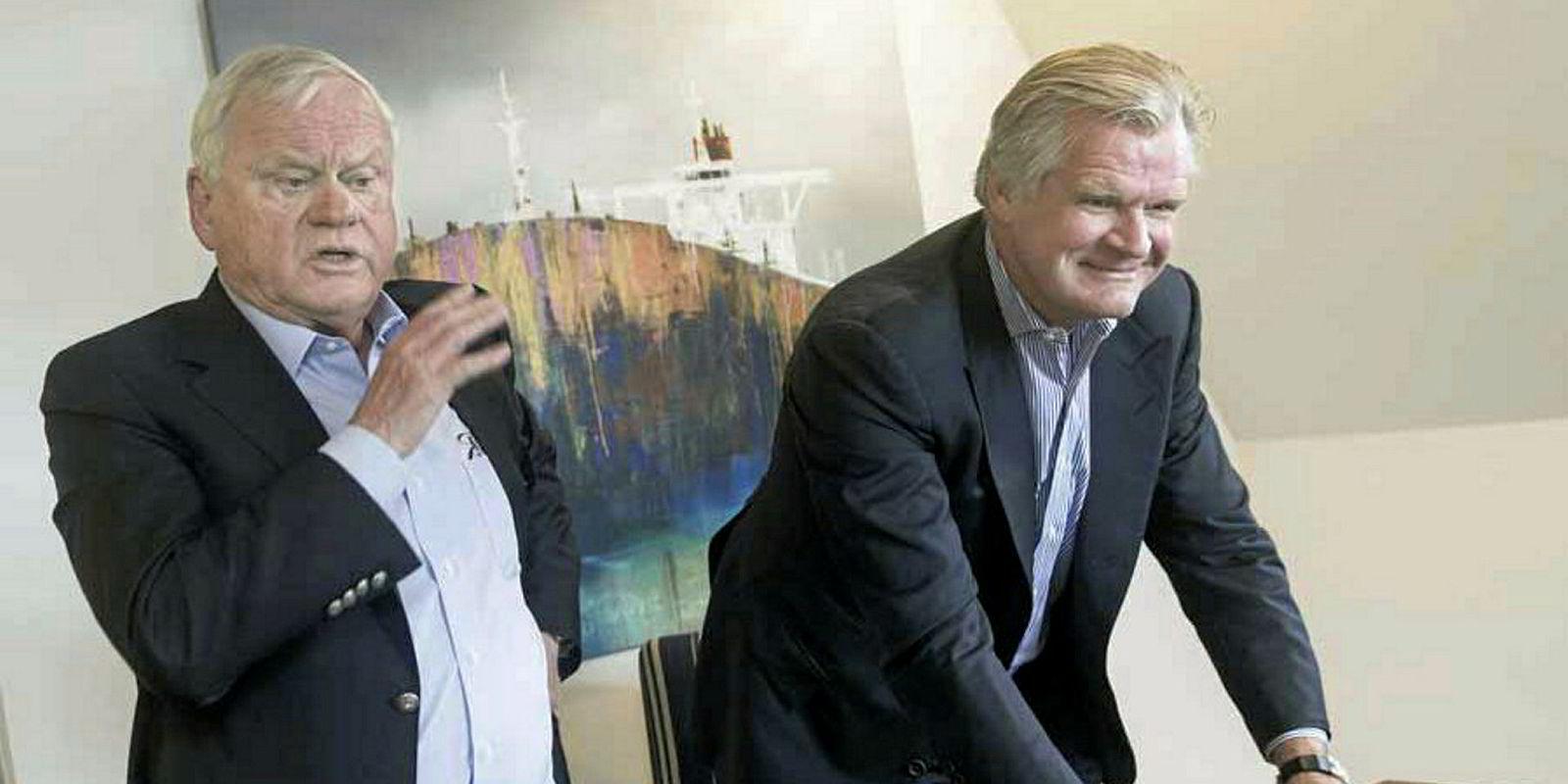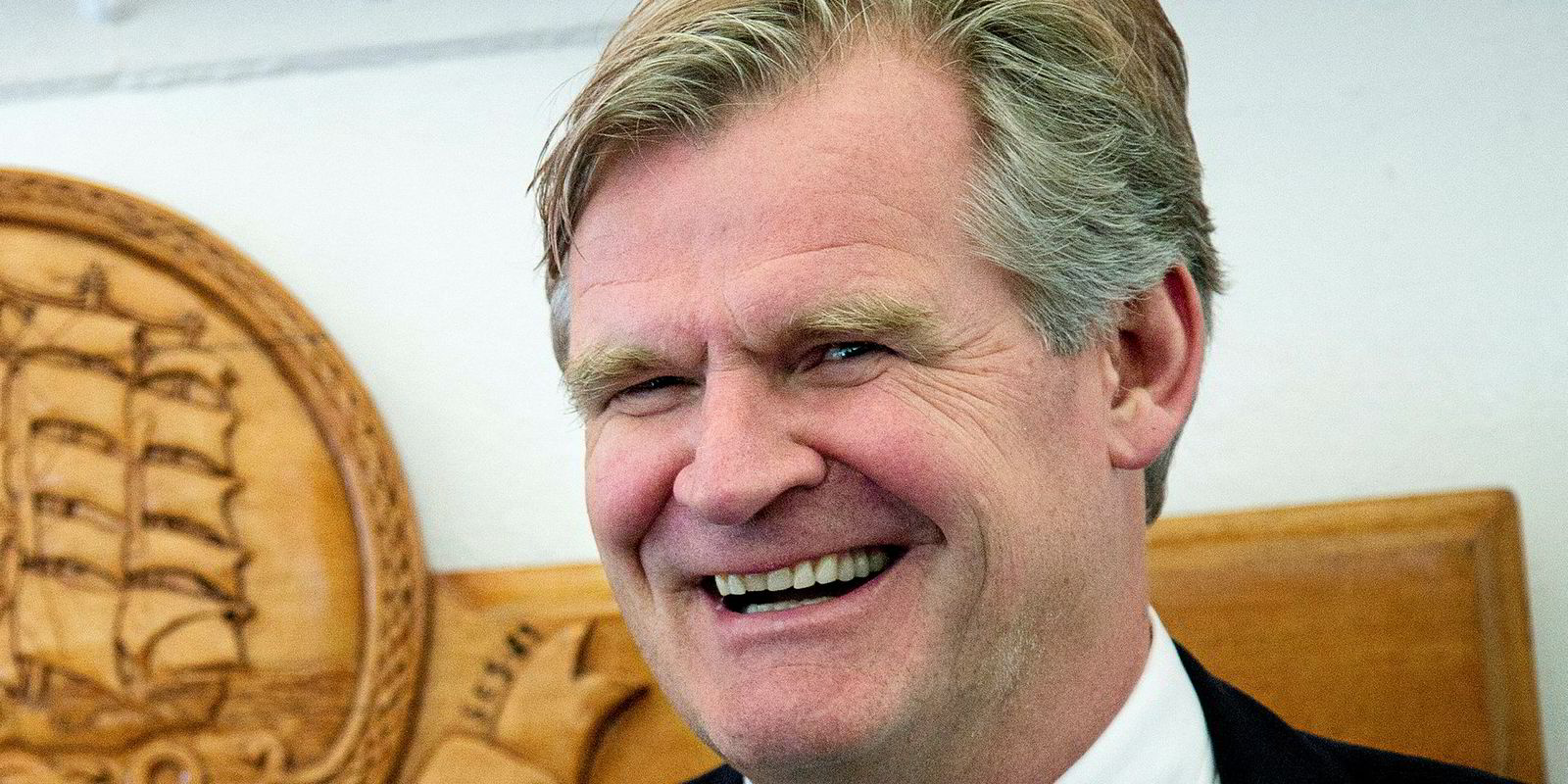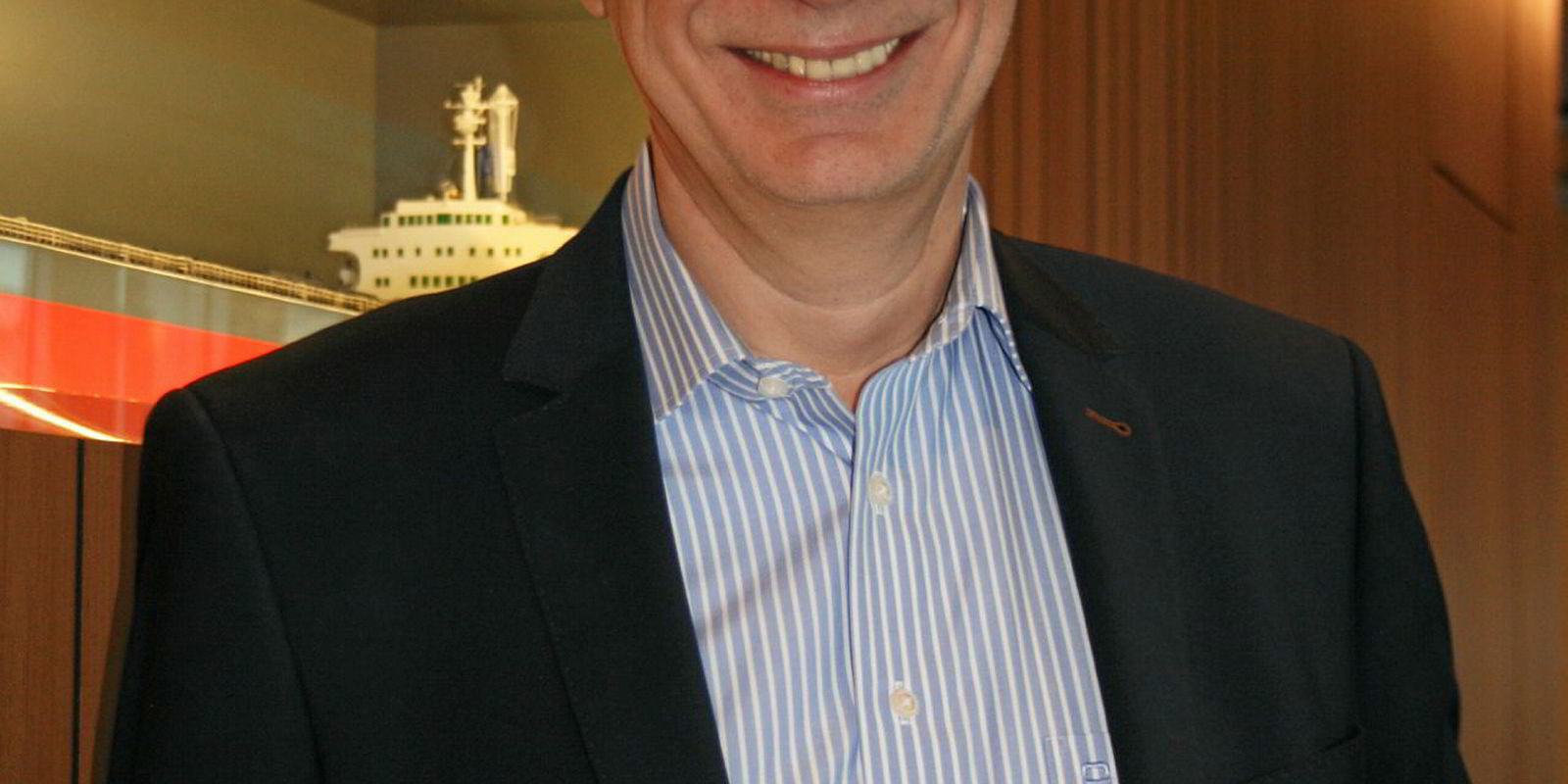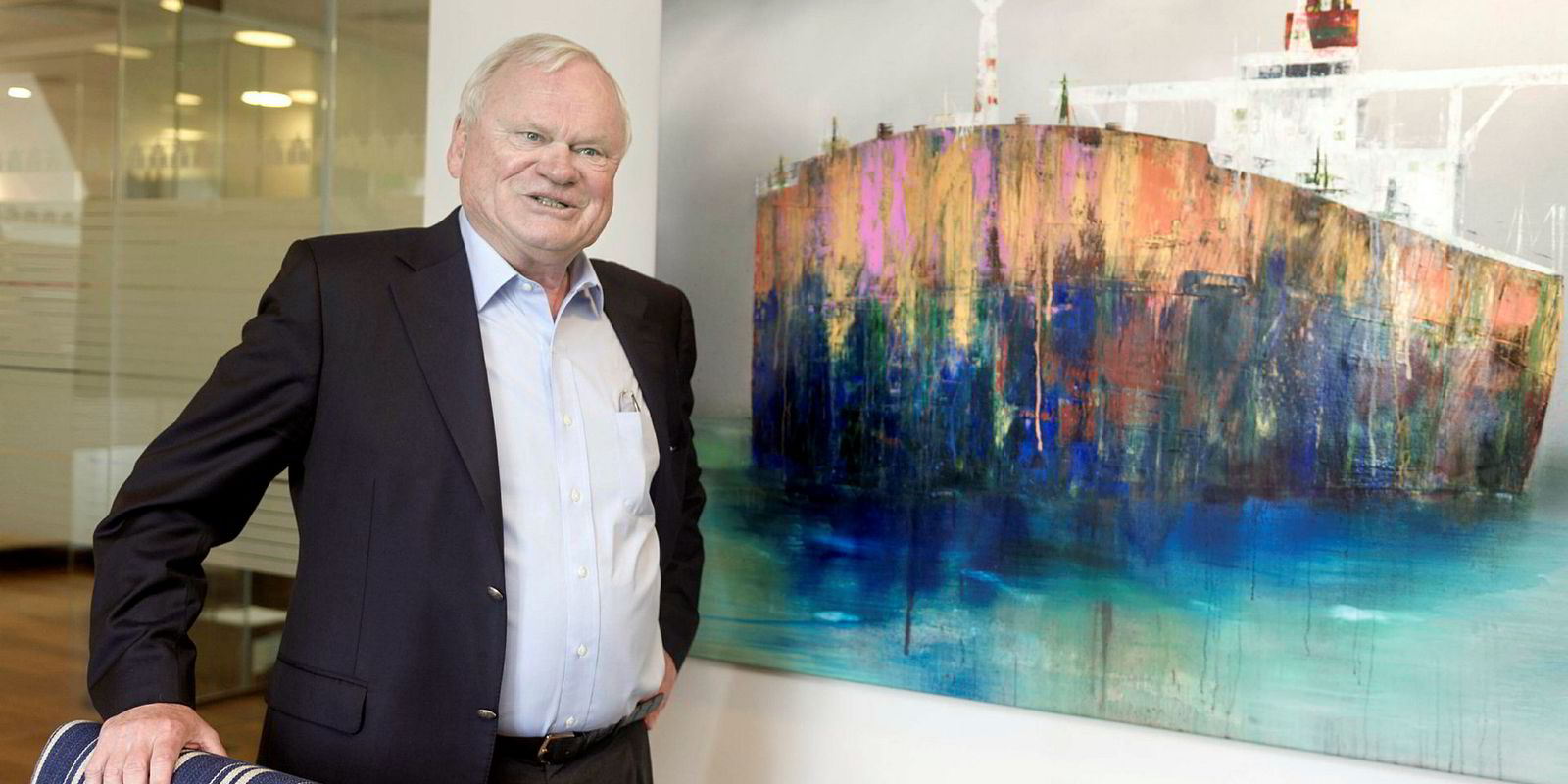John Fredriksen and former right-hand man Tor Olav Troim are among a select group of shipowners comfortably in the money after counter-cyclical investments in newcastlemax newbuildings over the past two years.
German tycoon Henning Oldendorff — another renowned asset player — James Chao and James Marshall are also looking at vast paper profits on the large bulkers.
All are benefiting from projects initiated in the past 18 months after they targeted a specific subsector of the dry cargo market as it began a recovery from historically low rates in 2016.
The contracts were signed at a time when few others had the capital or the risk appetite to add to the orderbook in an oversupplied dry cargo market.
Affinity (Shipping) lists 96 newcastlemax newbuildings on order today, including a handful of ships contracted to Vale and Louis Dreyfus.
Fredriksen and Troim made simultaneous asset plays in the dry cargo subsector in late 2017 at the same shipyard. The projects were so similar, some observers believed at the time that the former colleagues had reunited.
However, Norwegian billionaire Fredriksen contracted his ships via his private vehicle, Seatankers, while Troim used the Norwegian capital market to secure the order with start-up 2020 Bulkers.
Both grew their positions in the newcastlemax market in 2018 to extend the initial series at New Times Shipbuilding.
Fredriksen has six 208,000-dwt ships at New Times and four at Bohai Shipbuilding Heavy Industry, while 2020 Bulkers has exercised options to boast eight vessels at New Times.
Their timing looks favourable so far. Banchero Costa charts a 10% to 14% climb in dry cargo newbuilding prices in 2018, while secondhand tonnage appreciated by between 6% and 9%, according to the brokerage.
Troim’s 2020 Bulkers paid $44.23m each for its first two vessels, with the options coming at $44.73m apiece, according to the company’s listing prospectus. It later decided to install scrubbers, which added $2m to the price of each ship.

Although 2020 Bulkers has now changed tack and is not looking to sell the vessels before they are delivered, they are today worth in the region of $53m to $55m each.
It is not just the value of 2020 Bulkers’ steel that has been rising. Its shares, which are expected to be floated in the US this year, have also climbed.
Stock that was trading at an initial price of NOK 16.30 (nearly $2) is now worth NOK 90, although trading volumes are low on one of Norway’s junior markets.
Fredriksen’s Seatankers, which has not ruled out resales to take a profit on the newcastlemaxes, has also opted for scrubbers on its newbuildings. However, it is more likely that the vessels will end up in the fleet of Oslo-listed Golden Ocean, following a path seen in the LNG market in 2018 as public vehicle Flex LNG took over new ships first booked to Fredriksen’s private account.
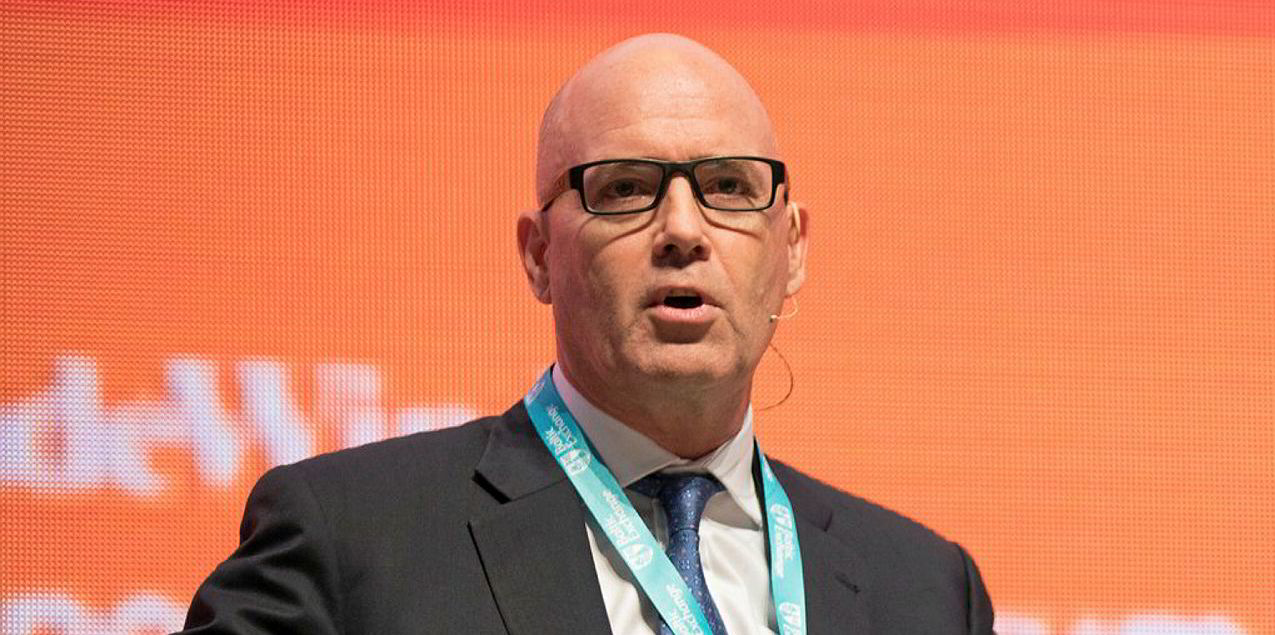
Marshall, who heads the world’s fourth-largest capesize owner, Berge Bulk, from Singapore, saw opportunity in the same space as the high-profile Norwegian pair.
He contracted a pair of 208,000-dwt vessels at Bohai in 2017 and added two more last year. TradeWinds reported at the time that the vessels were costing $45m each. However, with asset prices rising and the freight market recovering, VesselsValue now estimates the four ships to be worth between $52.6m and $54.5m each.
Oldendorff has placed a larger bet. According to Affinity, the German shipowner has eight 208,000-dwt ships at Jiangsu New Hantong Ship Heavy Industry for delivery in 2020 and 2021. Having been contracted at a reported $47m each, they are now worth around $3m more per unit, according to VesselsValue.
Chao’s Foremost Maritime has followed the same script. A first move for two ships at Shanghai Waigaoqiao Shipbuilding in 2017 was followed by the addition of four more 208,000-dwt vessels last year. The initial cost of $47.5m per ship today looks good on paper.
The first ships in the series for delivery in 2020 are now valued by VesselsValue at more than $54m each, with the last, hitting the water in 2021, pegged at $52.4m.
How much of the potential profit on the ships will end up in the owners’ bank accounts remains to be seen.
